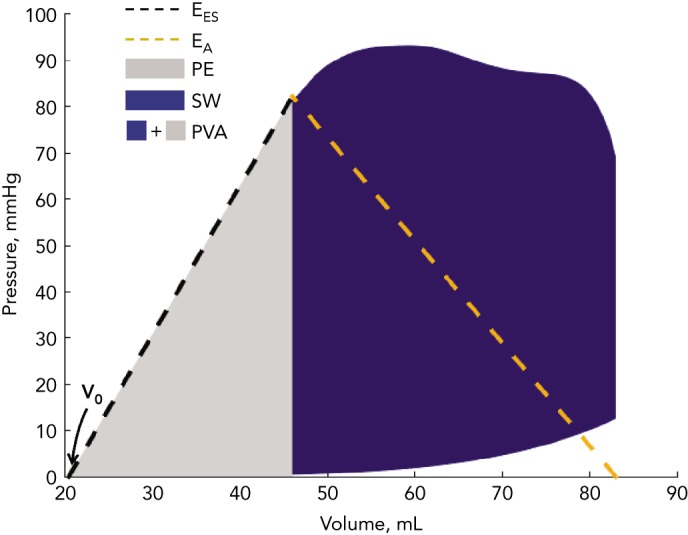Figure 1: Analysis of Ventricular–Arterial Coupling in the Pressure–Volume Plane.

A pressure–volume loop is shown, along with the end-systolic pressure–volume relation (black dashed line). The blue area represents stroke work (SW); the grey area represents potential energy (PE). EES is the slope of the end-systolic pressure–volume relation. EA (orange dashed line) is plotted on top of the pressure–volume loop. V0 is the volume–axis intercept of the end-systolic pressure–volume relation. The pressure–volume area (PVA) is the sum of potential energy and stroke (i.e. external) work. The PVA represents the total mechanical energy generated by left ventricle contraction until the end of systole.
